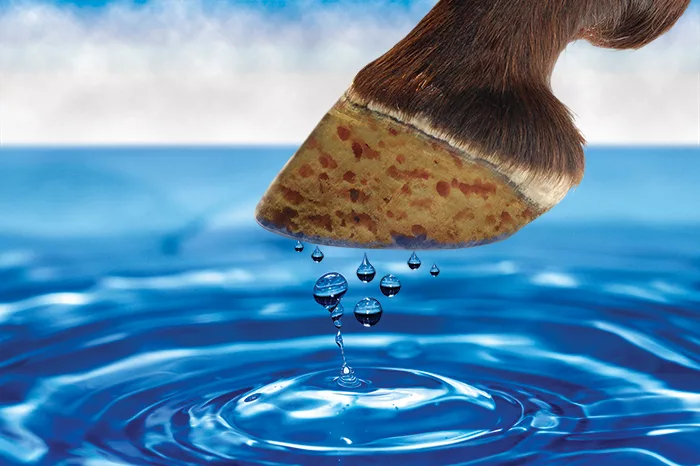American Farriers Journal
American Farriers Journal is the “hands-on” magazine for professional farriers, equine veterinarians and horse care product and service buyers.

When people think about environmental factors that play a role in degrading the integrity of the hoof, most think about things like rocky terrain, sandy soil and icy, slippery conditions. One of the most challenging environments to provide quality hoof care in, however, is one where there is an overabundance of water and excessive moisture.
The hoof’s naturally sponge-like qualities for expanding when wet and contracting when dry, turns a semi-challenging task into a daunting one, even for the most accomplished and skilled farrier.
The challenge of excess water comes in many forms — from torrential downpours in usually arid climates, to caring for horses in flood zones, to wash racks, to dealing with the commonplace occurrences of summer dew and moisture — and is something that farriers worldwide have to deal with at some point or another.
“I deal with wet, water-saturated hooves all during the summer from June to September,” says Matt Calahan, a farrier from Huntsville, Ala. “In Alabama, our wet hoof issues are due to the heavy amounts of dew that sets in the grass starting at about 5:30 p.m., and runs until noon the next day.
“The dew is worst in the high, 12-inch pasture grass that isn’t getting cut. You can walk through a pasture to catch a horse at 7 p.m. and the grass will have already soaked your shoes. The dew sits there all night. In pastures with shorter grass, it’ll dry up as the sunlight hits it, but…